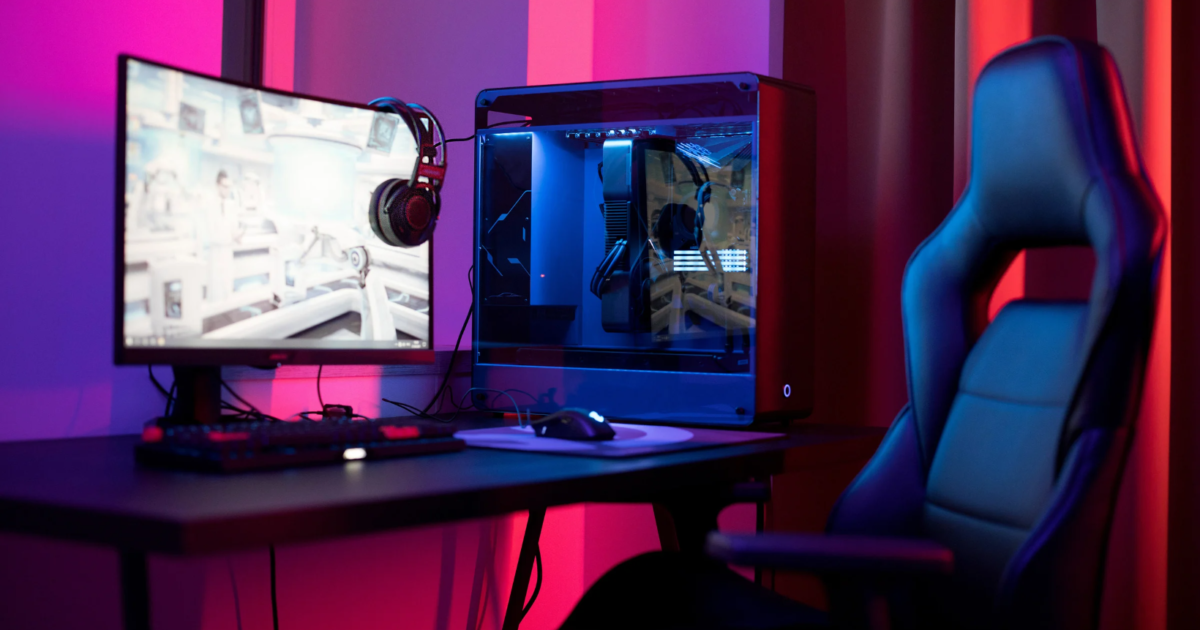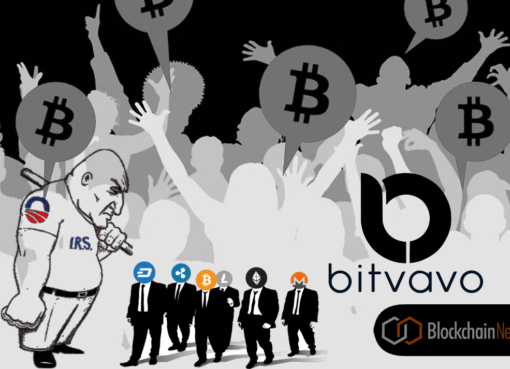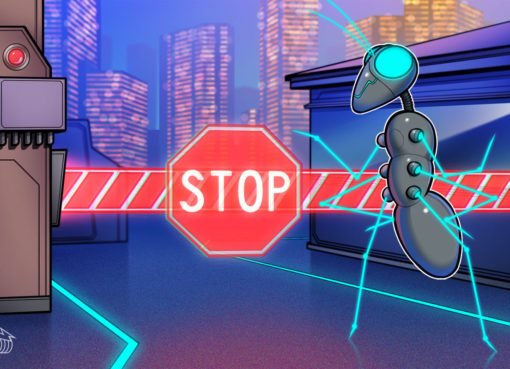While early conversations of Web3 centered around rising cryptocurrency prices and million-dollar JPEGs, blockchain gaming has since grown into an entire industry in its own right. This has inspired stalwarts of the traditional gaming industry to explore the benefits that blockchain technology can bring to game development. The reason for this? Blockchain-based games are a radical departure from traditional gaming platforms because they provide players with the means to own in-game assets through NFTs. Through this innovative rewiring of traditional gaming, the blockchain gaming market is predicted to be worth US$65.7 billion by 2027.
Beyond the potential financial upside of the market as a whole, incorporating blockchain technology into game development offers the chance to improve KPIs when it comes to the number of installations, user engagement, user retention and revenue. While the tokenization of in-game assets provides new revenue streams for game developers and players alike, they also offer a new way to keep users engaged. With that said, the blockchain gaming market remains very small in comparison to the traditional market. In order to accelerate mainstream adoption, the Web3 industry must foster synergies between Web2 and Web3, support developers in their transition to Web3, and prioritize building games that are fun for the everyday user.
Accelerating Web3 by onboarding Web2
Bridging the gap between Web2 and Web3 will be the first step in accelerating the adoption of Web3 gaming. As blockchain technology enters the mainstream, Web2 businesses are expanding into Web3 territory to attract a new generation of users. In turn, the entry of household brand names into the space lends additional credibility to the technology in the eyes of consumers. Countless major corporations have begun to enter the fray with campaigns such as, Starbucks’ Web3 Rewards Program and Chipotle’s Buy the Dip campaign.
While the move into Web3 by major players has begun to turn the tide on mainstream sentiment toward blockchain usage, smaller startups often require more accessible solutions to build blockchain-based offerings. New gaming companies have also done so by utilizing blockchain technology providers to easily build out an offering that allows players to hold and trade assets in-game through NFTs and crypto wallets.
Supporting blockchain gaming from the ground up
Taking a step back, traditional companies will only be able to build out blockchain strategies if the necessary infrastructure is in place. What drives the development of that infrastructure? Developers.
The current sentiment amongst developers when it comes to exploring blockchain technology is a mixed bag, but one which shows promise for the future. Early evidence of this can be seen from the recent GDC State of the Game Industry Report, which found that even at this early stage, approximately a quarter of games studios are currently interested in blockchain technology, or already using it. However, what was perhaps a more insightful takeaway from this report came from a long-form response to the question, “What are your thoughts on the use of blockchain technology in video games?” The response posited that it has now become too fashionable to be openly opposed to blockchain to “score points” on social media when many developers are in fact exploring blockchain’s usage behind closed doors.
As such, game developers must be openly incentivized, supported and encouraged to make the transition to Web3. Offerings such as APIs, gaming toolkits and widgets will all support developers’ ability to build in Web3 without having to re-train in Solidity or other blockchain programming languages, all of which can expedite this transition. Beyond these infrastructural supports, proactive efforts must be made to educate those in this space on the benefits and novel use cases that blockchain can facilitate. Initiatives such as these will help to significantly lower the barriers to adoption, while also laying the foundations for the growth of the industry into the future.
Major strides have been made to bring blockchain gaming to the mainstream, but the driving force for mass adoption, amongst gamers and studios alike, will ultimately be the development of games that are fun, regardless of their usage of blockchain technology. While many early adopters of blockchain gaming have gravitated to the space for financial benefits such as play-to-earn models, this alone is not sustainable to pave the way for widespread engagement with blockchain gaming. To quote the GDC report again: “High salaries are nice, but pitch me your game, not your profits!”
The vast majority of people do not play games that utilize one underlying technology as opposed to another. Simply put, most people don’t care about what is under the hood. Similarly, the benefits that blockchain can facilitate through in-game asset ownership and interoperability will do little for adoption if people are not first interested in playing a game for enjoyment.
Once developers are equipped to build in Web3, they must focus on creating games that are, first and foremost, entertaining. Once the foundation of a fun game has been established, projects can then add in layers of tokenomics to offer players the means to own and trade aspects of the game.
To quote Tom Fleetham, the head of business development for sports and gaming at Zilliqa in his article for TechCrunch, “The overarching vision for Web3 gaming is to empower players with more control, reward them in proportion to the value they contribute and to lower the bar so that it’s not just the top 0.1% of players who can make a living through gaming.”
What the future holds for Web3 gaming
With that said, a game’s development cycle can take years and is highly dependent on accessible infrastructure, development tools and distribution channels, to catalyze explosive growth.
A recent report indicates that the future is bright for Web3 gaming, noting that over October and November of 2022, US$534 million was invested in projects. While activity is still small compared to traditional gaming, steady, industry-wide growth is undeniable through mass adoption metrics such as the number of unique active wallets, NFT transaction volumes, and the number of blockchain games available.
For big corporations, small startups and individuals alike, the future of NFTs and Web3 gaming will be collaborative and evolutionary, rather than disruptive and revolutionary.




